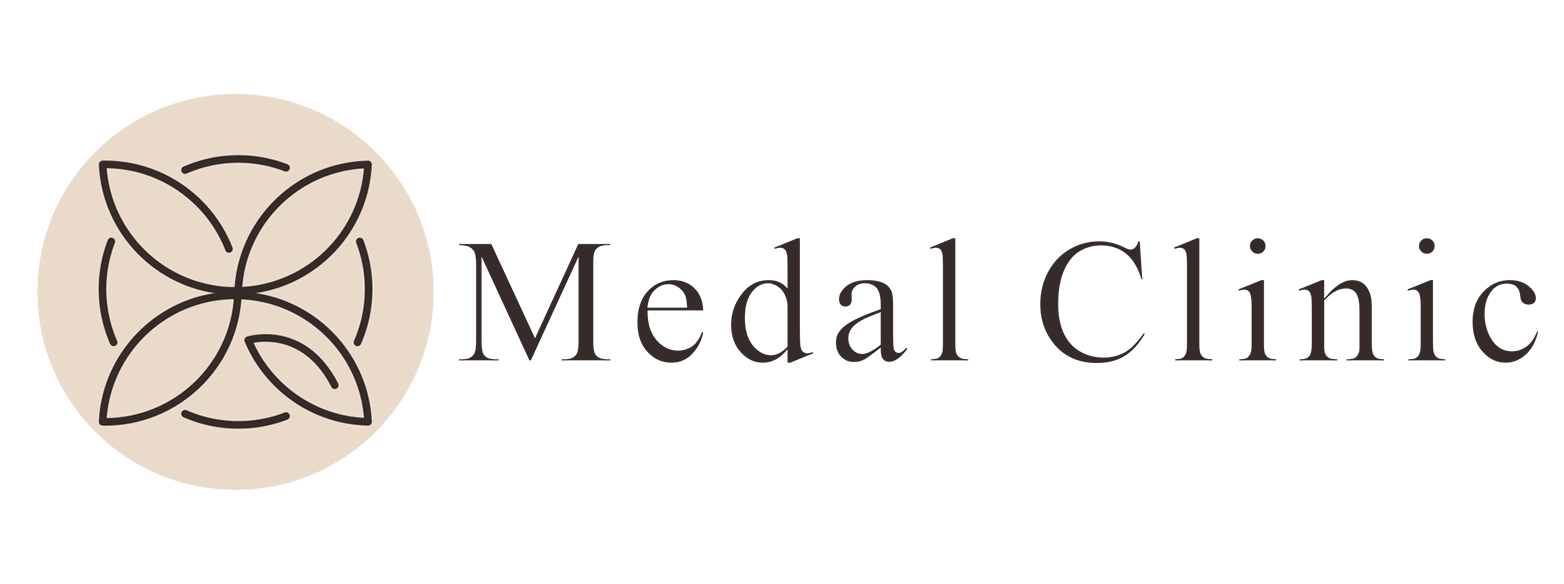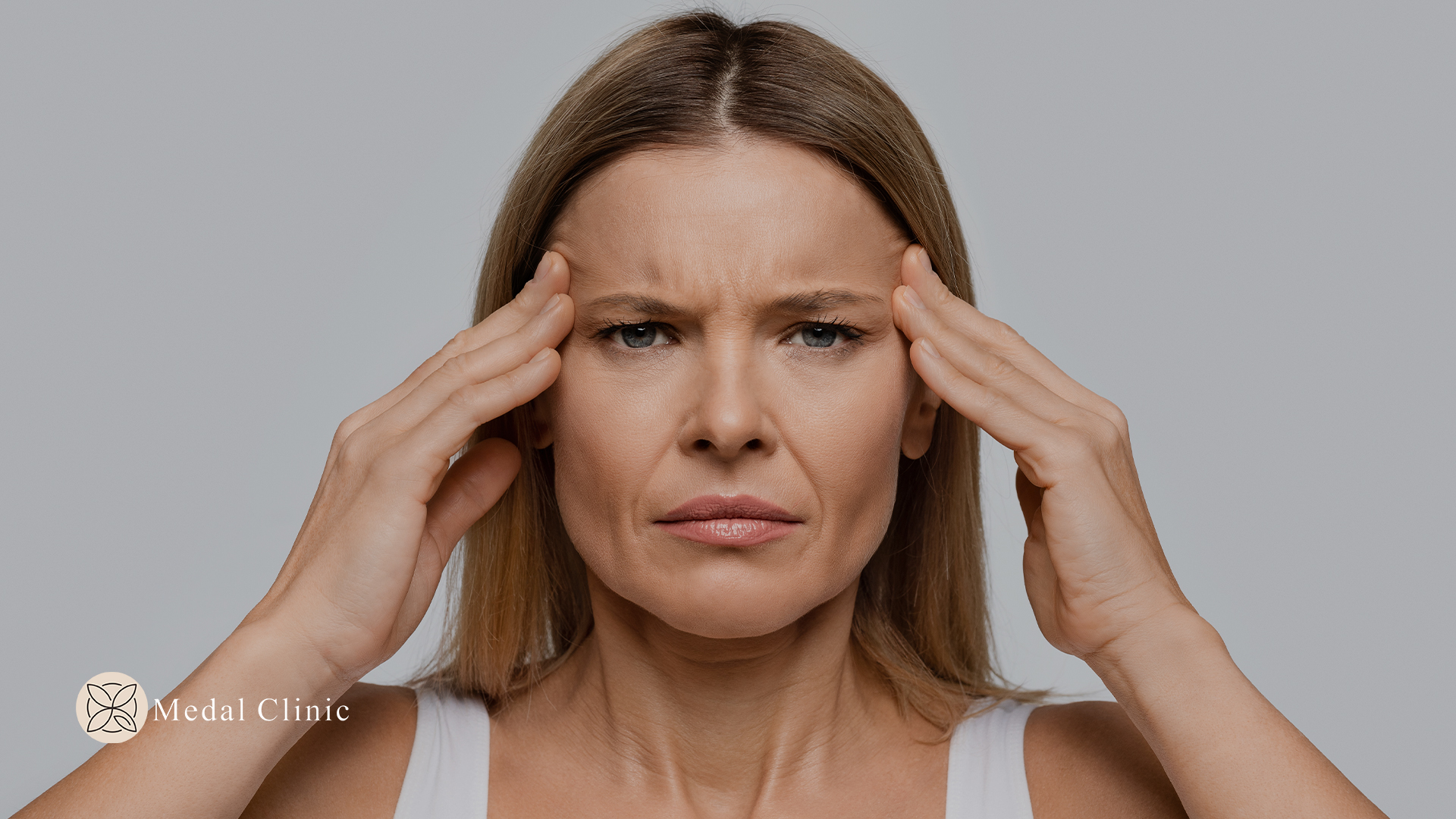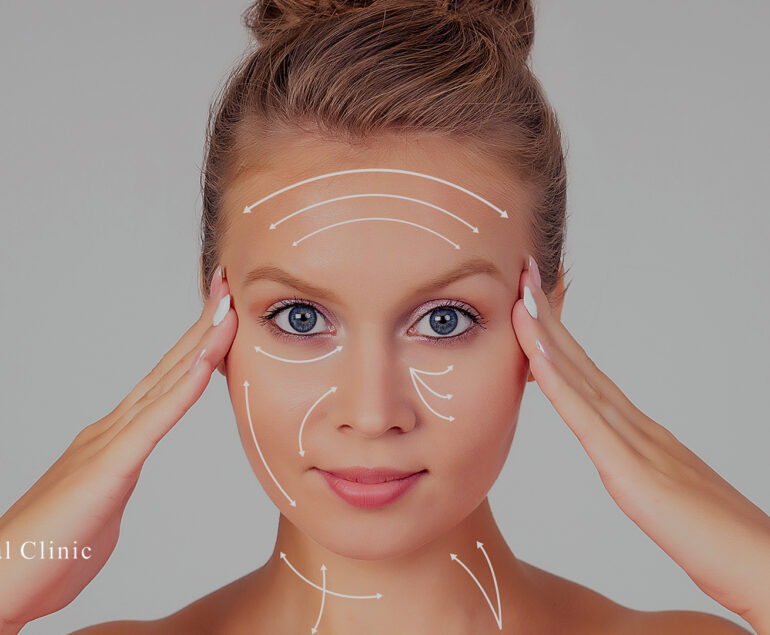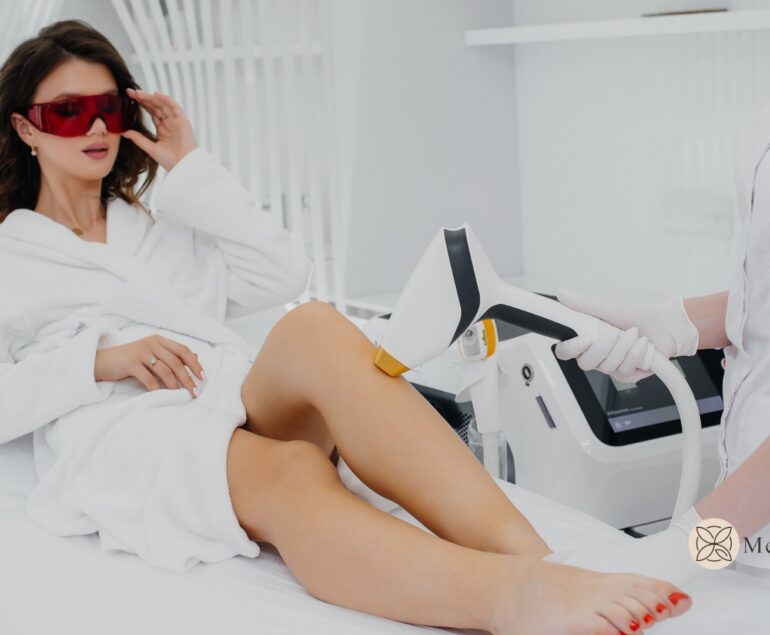Migraine Botox: A Game-Changer in Reducing the Frequency and Severity of Migraine Attacks
Migraines are more than just severe headaches; they are debilitating and can significantly impact the quality of life for those affected. The throbbing pain, sensitivity to light and sound, and nausea associated with migraines can last for hours or even days, making it challenging to perform daily tasks or engage in activities one enjoys. For many sufferers, finding an effective treatment to manage migraines is an ongoing struggle.
In recent years, a groundbreaking treatment called Migraine Botox has emerged as a game-changer in alleviating the frequency and severity of migraine attacks. Botox, short for botulinum toxin, is a neurotoxin that has been used for various medical and cosmetic purposes. Its efficacy in treating chronic migraines has garnered attention and has shown promise in providing relief for those living with this debilitating condition.
Understanding Chronic Migraines
Chronic migraines are defined as experiencing migraines on 15 or more days per month, with each migraine lasting four hours or longer. These migraines often come with intense pain, nausea, vomiting, and sensitivity to light and sound. Chronic migraines can significantly disrupt daily life, leading to missed work, social isolation, and a diminished overall quality of life.
The Emergence of Botox for Migraine Treatment
The use of Botox to treat migraines was initially discovered serendipitously when individuals receiving Botox injections for cosmetic purposes reported a reduction in their migraine frequency and severity. This led to further research and clinical trials, ultimately culminating in the approval of Botox as a preventive treatment for chronic migraines by the US Food and Drug Administration (FDA) in 2010.
How Does Migraine Botox Work?
The exact mechanism of how Botox effectively treats migraines is not fully understood. However, it is believed that Botox may block pain signals by inhibiting the release of certain chemicals involved in pain transmission. Additionally, Botox may also relax muscles and reduce muscle tension, which can be a contributing factor to migraine development.
The Treatment Process
Administering Migraine Botox involves a series of injections strategically placed around the head and neck, targeting specific trigger points associated with migraines. The injections are typically administered by a healthcare professional and are relatively quick and minimally invasive. Patients may require multiple treatments at regular intervals to maintain the desired effects.
The Benefits of Migraine Botox
The benefits of Migraine Botox are two-fold: reducing the frequency of migraines and decreasing the intensity of pain during an attack. Clinical trials have shown that individuals receiving Migraine Botox experience a significant decrease in the number of migraine days per month and the severity of their migraines. This reduction in migraine frequency and severity can lead to improved daily functioning and an enhanced quality of life.
Considerations and Side Effects
Like any medical treatment, Migraine Botox is not without potential side effects. Common side effects may include injection site pain, swelling, bruising, and muscle weakness. It’s crucial for individuals considering this treatment to discuss potential risks and benefits with their healthcare provider.
Conclusion
Migraine Botox has emerged as a promising treatment for chronic migraine sufferers, offering the potential to reduce the frequency and severity of migraine attacks. This innovative approach provides new hope for those grappling with the debilitating effects of chronic migraines, potentially enabling them to regain control of their lives and experience a better quality of life. As always, consulting with a healthcare professional is essential to determine if Migraine Botox is a suitable option based on individual circumstances. Contact Us Now!
FAQ's
How does Botox work for migraine?
Botox is a neurotoxin that blocks the release of certain chemicals that are involved in pain transmission. When Botox is injected into the muscles of the head and neck, it can help to reduce the frequency and severity of migraine attacks.
Who is eligible for Botox treatment for migraine?
Botox is approved by the FDA for the treatment of chronic migraine in adults who have at least 15 migraine days per month. Chronic migraine is defined as having 15 or more headache days per month, with at least 8 of those days meeting the criteria for migraine.
How often do I need Botox injections for migraine?
Botox injections for migraine are typically given every 12 weeks. However, some people may need more frequent injections, depending on their individual response to treatment.
What are the side effects of Botox injections for migraine?
The most common side effects of Botox injections for migraine are mild and temporary. They may include:
- Injection site pain
- Headache
- Neck pain
- Muscle weakness
- Drooping eyelid
How effective is Botox treatment for migraine?
Studies have shown that Botox can be an effective treatment for chronic migraine. In one study, Botox reduced the number of migraine days per month by an average of 50%. Botox can also help to reduce the severity of migraine attacks.




